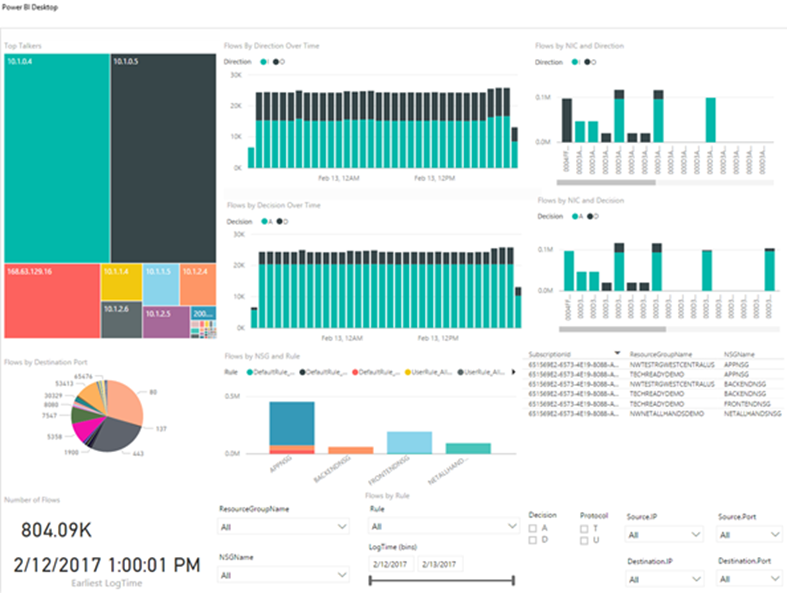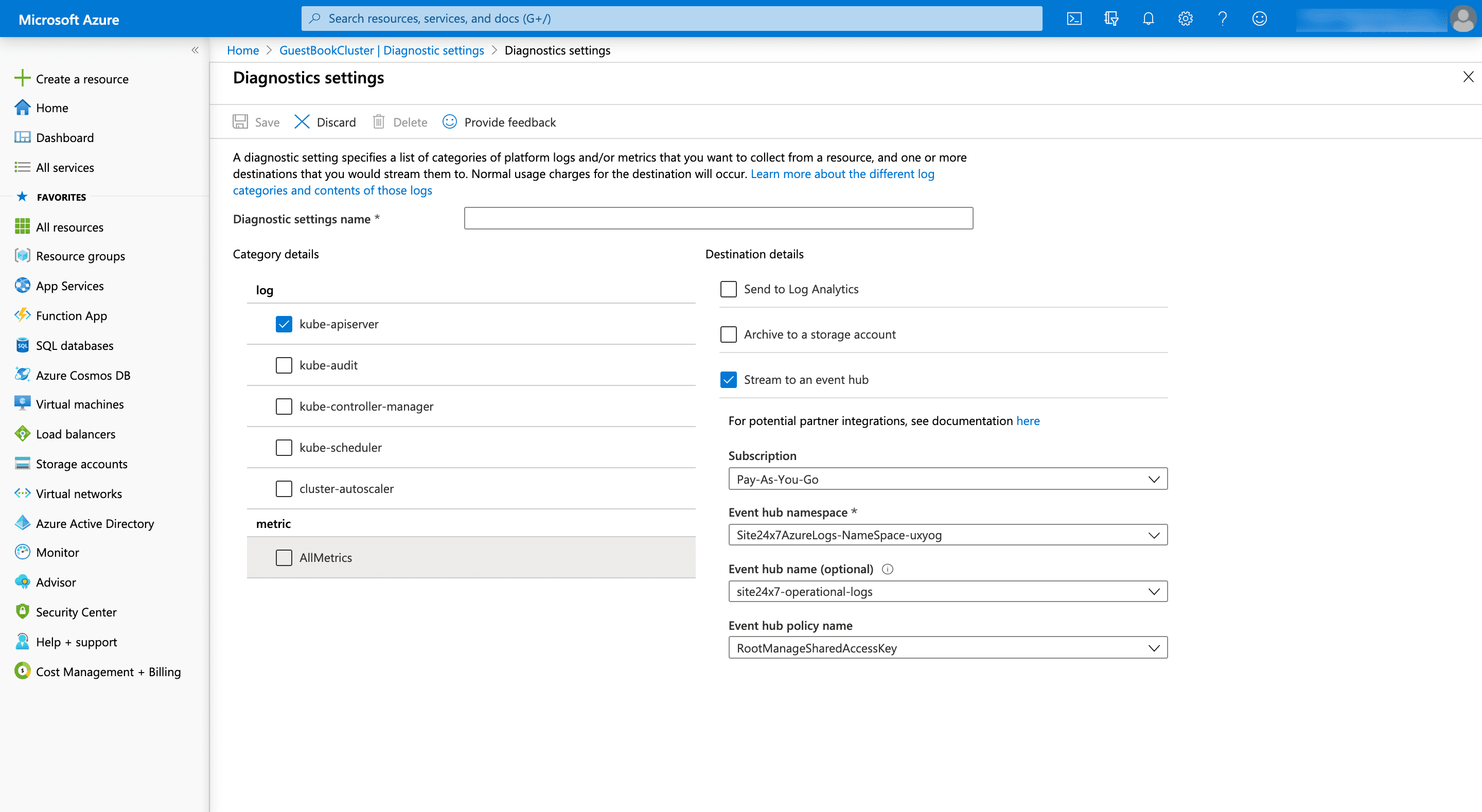

- #Omnidisksweeper diagnostic logs how to
- #Omnidisksweeper diagnostic logs zip file
- #Omnidisksweeper diagnostic logs drivers
- #Omnidisksweeper diagnostic logs update

#Omnidisksweeper diagnostic logs how to
Here is how to save the Autoruns log if you wish to send it to someone for analysis. Make sure to run the tool as administrator.įor detailed information, check out the post Generate a System Information Report using MSINFO32 Autoruns Log (.ARN)Īutoruns (from Microsoft Sysinternals), which has the most comprehensive knowledge of auto-starting locations of any startup monitor, shows you what programs are configured to run during system bootup or login, and when you start various built-in Windows applications like Internet Explorer, Explorer, and media players. Autoruns is an excellent tool that can be used to locate and remove malware from the startup launch points on the computer. The MSINFO32.exe report can be generated by pressing Ctrl + S and saving the entries to an.
#Omnidisksweeper diagnostic logs drivers
You can view the list of services and drivers and their configuration, the loaded modules list, and other helpful information using MSINFO32. REF: Description of Microsoft System Information (Msinfo32.exe) Tool. It displays a comprehensive view of your hardware, system components, and software environment, which you can use to diagnose computer issues. The built-in Microsoft System Information (Msinfo32.exe) tool in Windows gathers information about your computer. System Information Tool (MSINFO32.exe) log
#Omnidisksweeper diagnostic logs zip file
The tool collects the setup logs and saves them into a zip file named Logs.zip on your desktop. SetupDiag can be run on the computer that failed to update, or you can export logs from the computer to another location and run SetupDiag in offline mode.
#Omnidisksweeper diagnostic logs update
It attempts to parse these log files to determine the root cause of a failure to update or upgrade the computer to Windows 10. SetupDiag works by examining Windows Setup log files.

The best way to collect the setup logs is by running SetupDiag. SetupDiag is a diagnostic tool that can be used to obtain details about why a Windows 10/11 upgrade was unsuccessful. The log file names and the locations are mentioned in the article Windows setup log file locations – Windows Client. If you’re experiencing problems installing Windows, check the log files to help troubleshoot the installation. Windows Setup creates log files for all actions that occur during installation. Do you want it to be placed on the desktop instead? Windows cannot create the Compressed (zipped) Folder here.


 0 kommentar(er)
0 kommentar(er)
